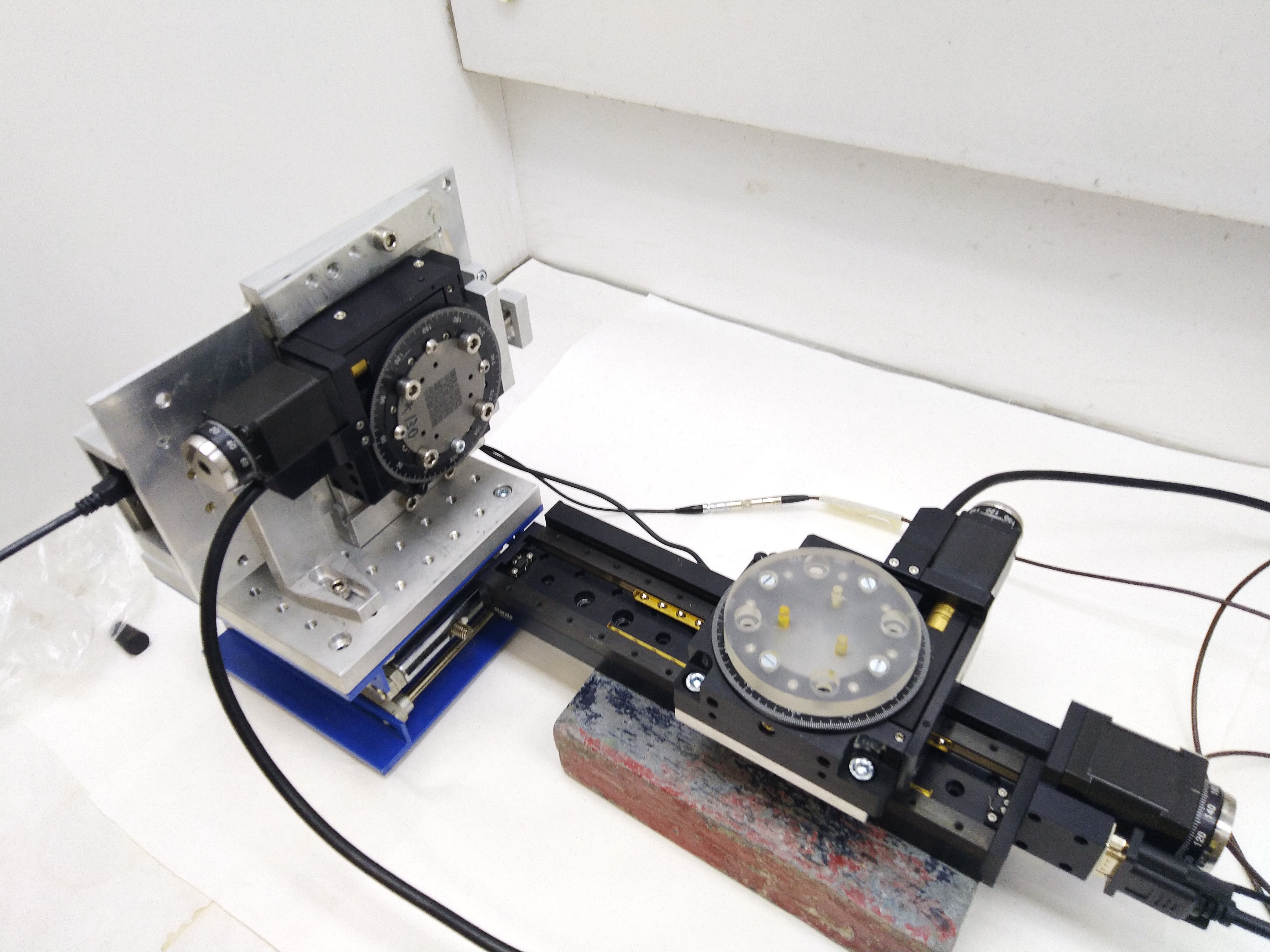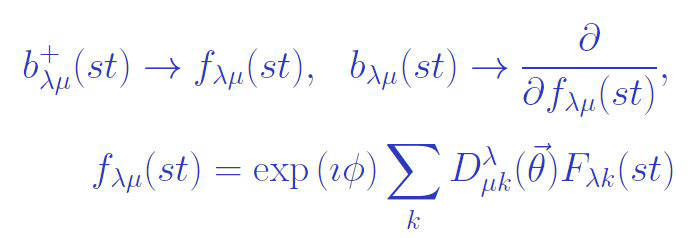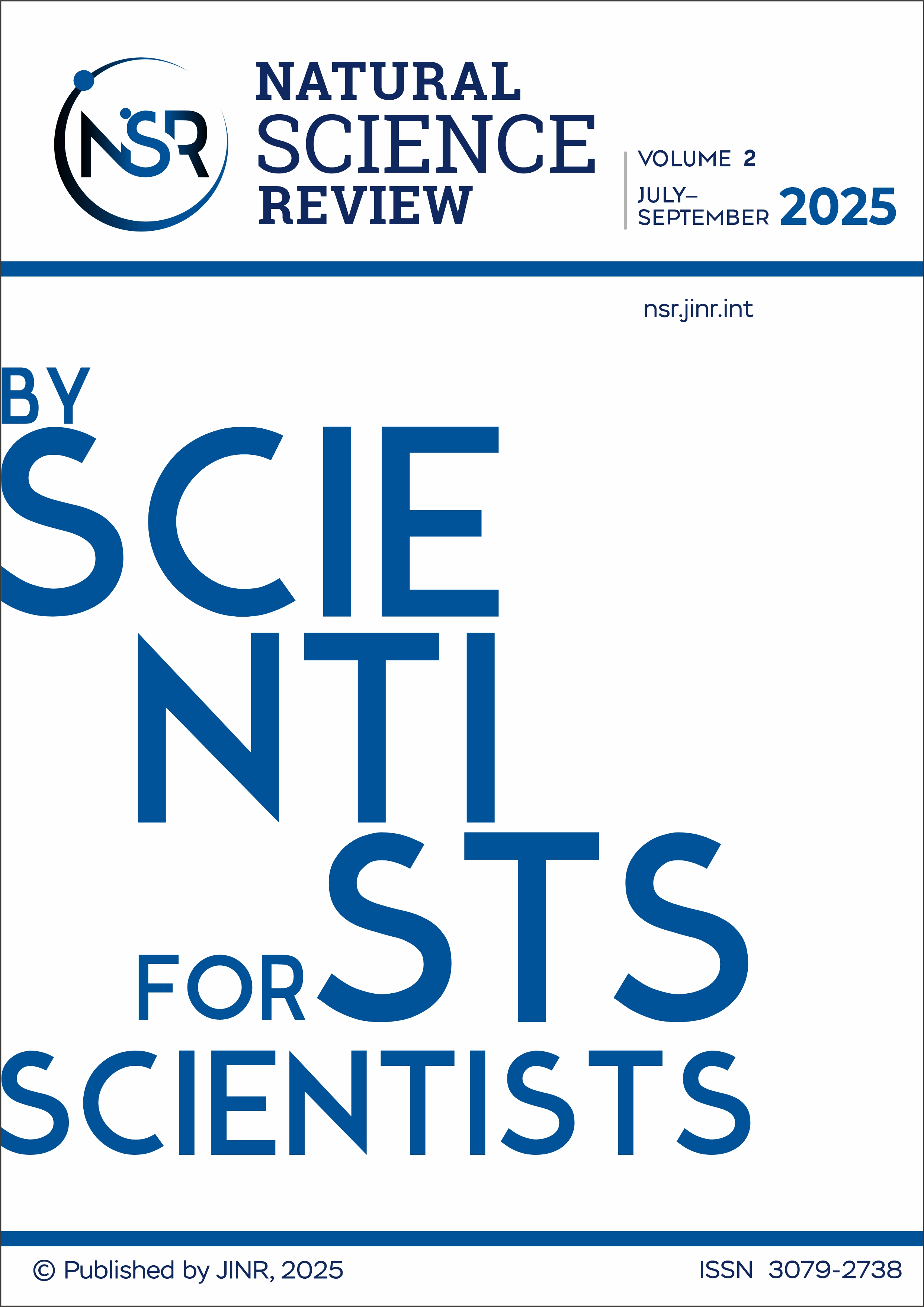The work is devoted to the development of a conceptual design for a gradient spin flipper — neutron decelerator, which is the main component of a designed UCN source for a pulsed reactor. In close cooperation between the JINR group and SuperOx, a preliminary design of a stationary gradient magnet for the adiabatic spin flipper has been developed. A thorough calculation of the magnetic field configuration has been performed. The movement of neutrons in the magnetic field generated by the designed magnetic system has been simulated, and the deceleration time of neutrons in the spin flipper has been analyzed.
The results obtained give grounds for hope that the idea of creating a UCN source based on pulsed accumulation in a trap using non-stationary neutron deceleration is feasible.







